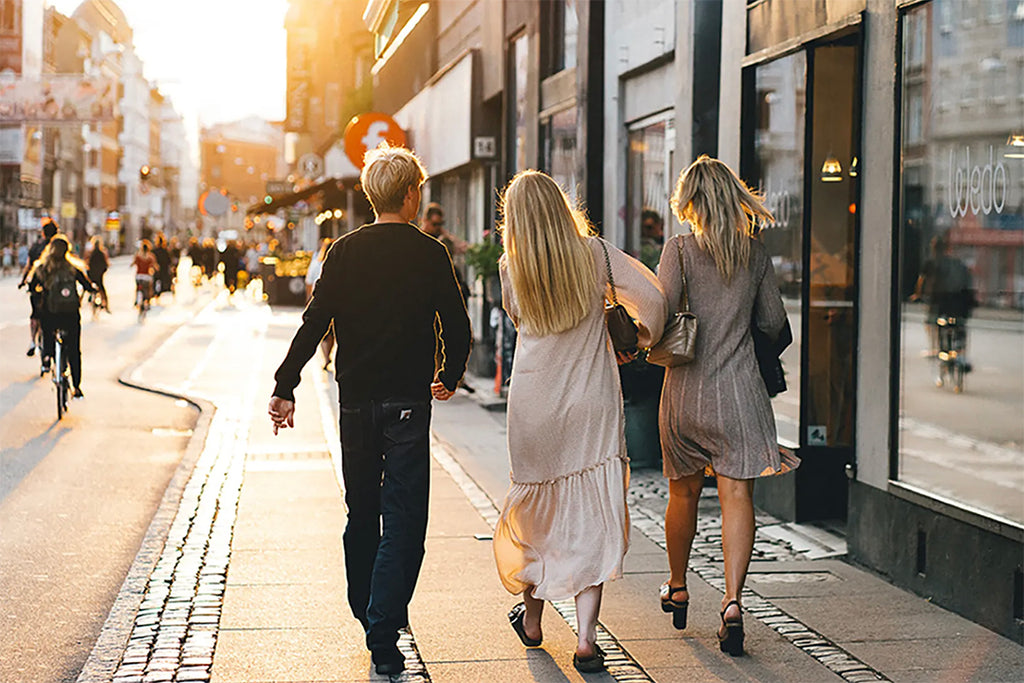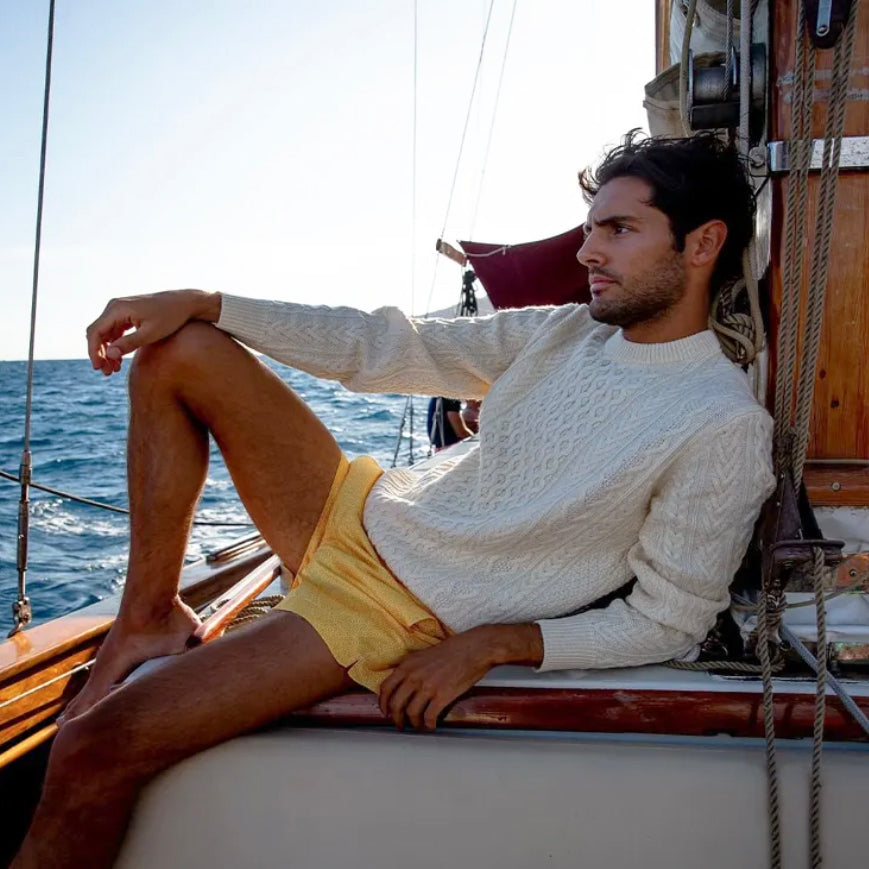‘You can make Earth Day the beginning of the end of pollution. You can make a world of difference. We have met the enemy and he is us.’ These were some of the slogans on posters brandished by a 20 million-strong crowd of activists who took to the streets of America in honour of the first Earth Day in 1970.
Back to the very beginning…
These were the formative years of the Third Industrial Revolution – an age in which digital technology leapfrogged its way into the frontlines of contemporary innovation. It was an era that saw the rapid acceleration of digital technology, which drove innovations in science and marked the mainstream adoption of mass production procedures in factories across the world.
You could think of this period in history as the ‘conveyor belt,’ era, where the inventions of leaders like Henry Ford began to inspire new ways of working and thinking about the world of work. The first Earth Day in 1970 brought together groups that had previously been divided – activists against oil spills, air pollution, large-scale power plants and the extinction of wildlife, joined forces in support of a shared goal to create a healthier, happier habitat for all life.
Back then, the most pressing environmental concern was pollution. The onset of mass production over this period led to widespread pollution, with toxic chemicals entering the water system, discarded waste ending up in the ocean and a cloud of air pollution beginning to form over major cities.
Activists aimed to raise awareness around the long-term negative impact that pollution can have on human development and health. And, for the first time, a cause that seemed confined to the likes of hippies and venerators of nature was taken up by the ordinary man on the street. It was a watershed moment for the world and by extension, the natural environment.
By 1990,
Earth Day had pervaded almost every segment of society and began to make its foray on the global stage. The call to recycle was growing stronger and the move to live more consciously was becoming more ubiquitous.
A new, collection objective: climate action
Fast-forward to today and the major focus of Earth Day has changed substantially. The newest, emerging risks involve the tangible impact of climate change and the urgent need for clean, green energy as an alternative to non-renewable power supplies.
Interestingly; as was the case in 1970, the world finds itself on the brink of yet another Industrial Revolution. Decade after decade of industry-wide mass production produced a consumer who had little to no appreciation for how their actions and choices as individuals could impact the future.
The breakneck speed of technological development has produced many positive results – greater collaboration, more targeted product development and a heightened level of efficiency within businesses. Unfortunately, no real progress in one direction fails to come at a cost at the other end of the spectrum. The end-product of the 70’s era was an ‘unconscious’ consumer who had an insatiable appetite for ‘more,’ no matter what the cost.
Just a few decades later and we find ourselves in a world that is characterised by massive environmental damage and degradation. Issues such as deforestation, an increase in the frequency and magnitude of natural disasters, and loss of biodiversity present very real challenges to the wellbeing of all life on earth.
Fortunately, the call for more sustainable industries has been taking root in the hearts and minds of everyday consumers, the heads of big business, political leaders and activists for social justice. There is however, still a lot of ground to cover.
Giving back is something everyone can do
This year, the theme for Earth Day is ‘Invest in Our Planet.’ Various initiatives and educational programmes offered by regulatory bodies and activist communities are sharing their ideas on how individuals can add their voice and hands to the move towards a more sustainable future.
The notion of what activism is and what it means to be an advocate for change however needs to be challenged. Too often, we see activism through the lens of political upheaval, mass protests or civil unrest. And we see activists as people who are dedicated full-time to championing their causes against all odds and by any means necessary.




























